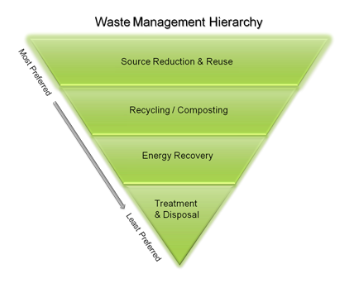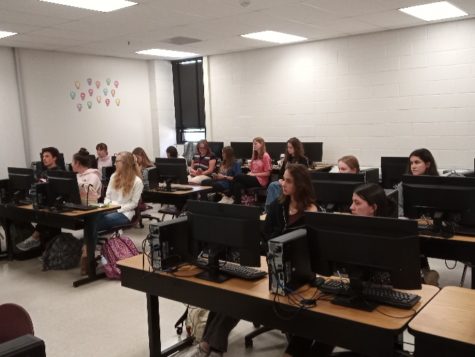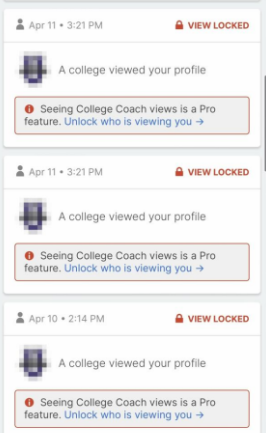Schools must address mental health

Illustration Provided by Michael Purdie
Michael Purdie, Editor-In-Chef, explains why mental health issues need to be addressed and people need to be properly diagnosed.
January 16, 2018
Twenty percent of teenagers between 13 and 18-years-old have a mental health condition1. Suicide is the third leading cause of death in youth 10 to 24-years-old.
For years, students and alumni have suffered from mental health conditions that have led to suicide and drug abuse.
So why isn’t the school system doing anything about this?
They say they are – they post hotline numbers around the school, they tell us that they’re here for us if we need help, and they spend a whopping two mandated days on depression in Health class, without even scratching the surface of other mental health conditions2. They are doing the bare minimum.
This isn’t the teachers fault; they’re following the curriculum. It’s mainly BCPS doing a poor job. They should create a better program and obligate teachers to educate students through lessons on all forms of mental health conditions, outside of Health class as well, especially considering we’re only required to have half a credit of Health.
Instead of teaching us what to do for others, we need to learn how to help ourselves. Every lesson I have ever had in school has told me to look for the signs in someone else and tell an adult.
The signs of a mental illness can be confusing, and sometimes you are the only person who can understand them. Students need to be taught what to do for themselves in case they are feeling these tendencies influenced by mental illness.
Unfortunately, there is an unspoken stigma around mental health issues that makes us not want to get help. For some reason or another, people associate these illnesses with weakness.
Having a mental health condition does not make you weak. Mental illness should not be taboo.
This negative association needs to be put to an end. People can’t help having mental illness, but people can get the proper treatment.
Due to this connotation, many people aren’t getting the appropriate care because they’re afraid to say how they feel.
I have felt the same way. But looking at it now, I realize that there was no reason to feel shame, because I am among many with the same problem.
So, say you break away from the stigma and gain enough courage to admit that you have a concern. What’s next?
Rip the Band-Aid off: Tell someone – preferably a parent or faculty member – and then the rest is easier. There are three things that every student and parent should know as options when they believe that there is a mental health condition present.
For starters, go to a doctor and get the proper diagnosis. From there, go to a mental health specialist or therapist if need be.
Or, you can go to the counseling office at school. Guidance counselors and social workers are here to help.
Talk to others: students, parents, teachers, and friends. We all need to work together to combat mental health issues.
For any questions about symptoms, or getting help, go on www.nami.org.
NAMI has available multiple hotlines and contacts in case of a crisis, and planners given by the school have the Maryland Suicide and Crisis Hotline on the front-inside cover.
Remember, there are always people going through a similar situation, and there are always people to help.
1All statistics and information in the article are provided by the National Alliance on Mental Illness (NAMI).
2Mental health conditions range from a variety of things – mood disorders such as depression, anxiety disorders such as Generalized Anxiety Disorder, eating disorders such as Anorexia Nervosa, and many, many more.






















